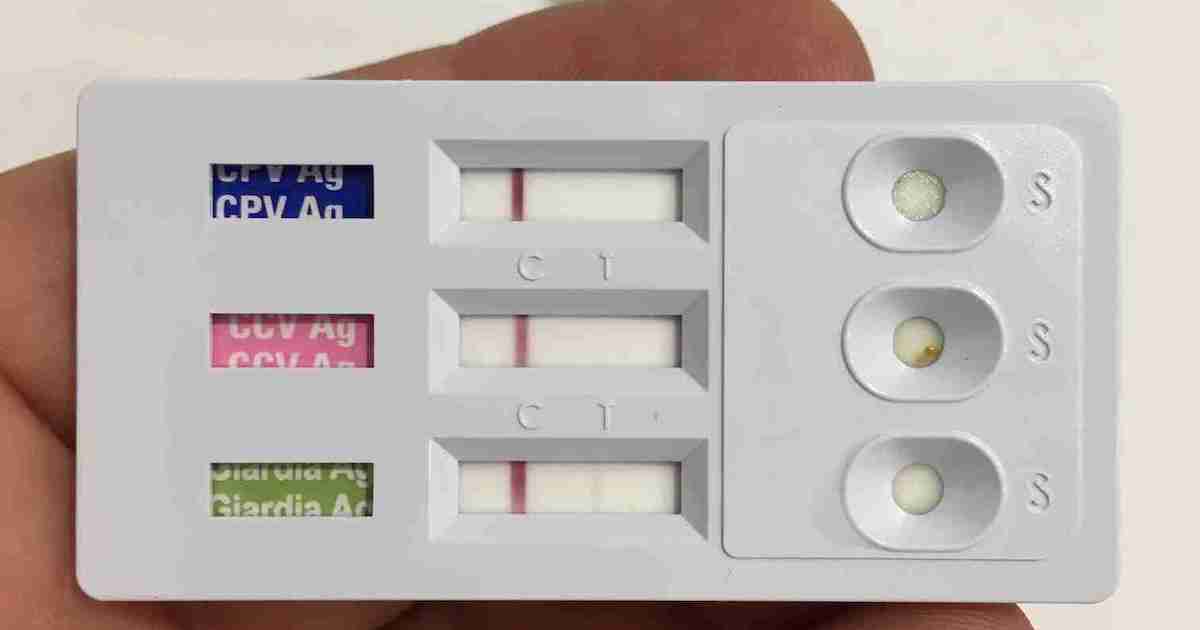Updated April 13, 2021
Much has been said about a recent false positive test for COVID-19 in Australia. What is missing from the conversation is how normal this can be. Test accuracy is an everyday problem for all health professionals.
If you understand why that is you will be much better equipped to talk to your vet about any tests on your pet.
What Is A False Positive?
A false positive is simply a test result that wrongly states that something is present when in fact it is absent.
False positives are usually the major achilles heel of any diagnostic test. Without resorting to any jargon, I think I can explain why.
Why False Positives Happen
Every test has a sensitivity and specificity, which measure the test’s inbuilt error rate.
Even if used correctly, a test with a sensitivity of 90% will miss one in ten positive cases. We call these false negatives. A test with a specificity of 90% will have one in ten false positives. Obviously, the closer both numbers are to 100% the better, but they never are. It’s an imperfect world.
These numbers will worsen if the sample quality is poor, the test is stored incorrectly or there are operator errors.
Now let’s imagine that we have a test for coronavirus that has a specificity of 99.9%. This is better than any test I currently have available.
Say we now want to test:
- one million people
- with the rate of coronavirus at 10 in a million people
So, let’s test!
- We will find 10 true positive cases
- We will find 1000 false positive cases
This makes the test 100 times more likely to be wrong than right! How can this be true??
A test with a specificity of 99.9% will be accurate for 999,000 of the cases and inaccurate for the remaining 0.1%, or 1000.
Does This Make Testing Useless?
No, not at all. What you see here is the problem of testing for diseases that are rare in the community. When the rate of true positives is so low, the results are swamped by the false positives that always exist.
But that doesn’t mean we don’t test. It’s what we do next that matters.
What needs to be done is some sort of confirmation. In the famous coronavirus case, there is talk that a second test was negative, and this would have been sufficient warning if true.
The best thing to do is test in a completely different way. Otherwise, the same fault in the first test could happen twice.
Some Vet Testing Examples
At the start is pictured an ELISA test for giardia, coronavirus (a different one!) and parvovirus in dogs. I do this all the time.
If the dog has appropriate symptoms, and there’s a known epidemic, I’ll believe the test. In other words, the rate in the community is high and I’ve got other evidence.
If the dog is not very sick, and I haven’t seen others affected, I’m highly suspicious of a false positive. I’ll definitely retest using a DNA probe called PCR.
Testing for feline leukaemia virus in Australia is another good example. There’s so little of it about that any positive test should be confirmed by another means too.
It’s even true for routine blood testing. With up to 50 individual values being measured, it’s too easy for one of these to be a false positive. Therefore, if it doesn’t seem right, measure it again.
Remember, false positives are mainly a problem when the thing you’re looking for is rare. So don’t fear that testing is useless. It’s almost always spot on. You just need to know how to suspect it when it’s not.
Have something to add? Comments (if open) will appear within 24 hours.
By Andrew Spanner BVSc(Hons) MVetStud, a vet in Adelaide, Australia. Meet his team here.

